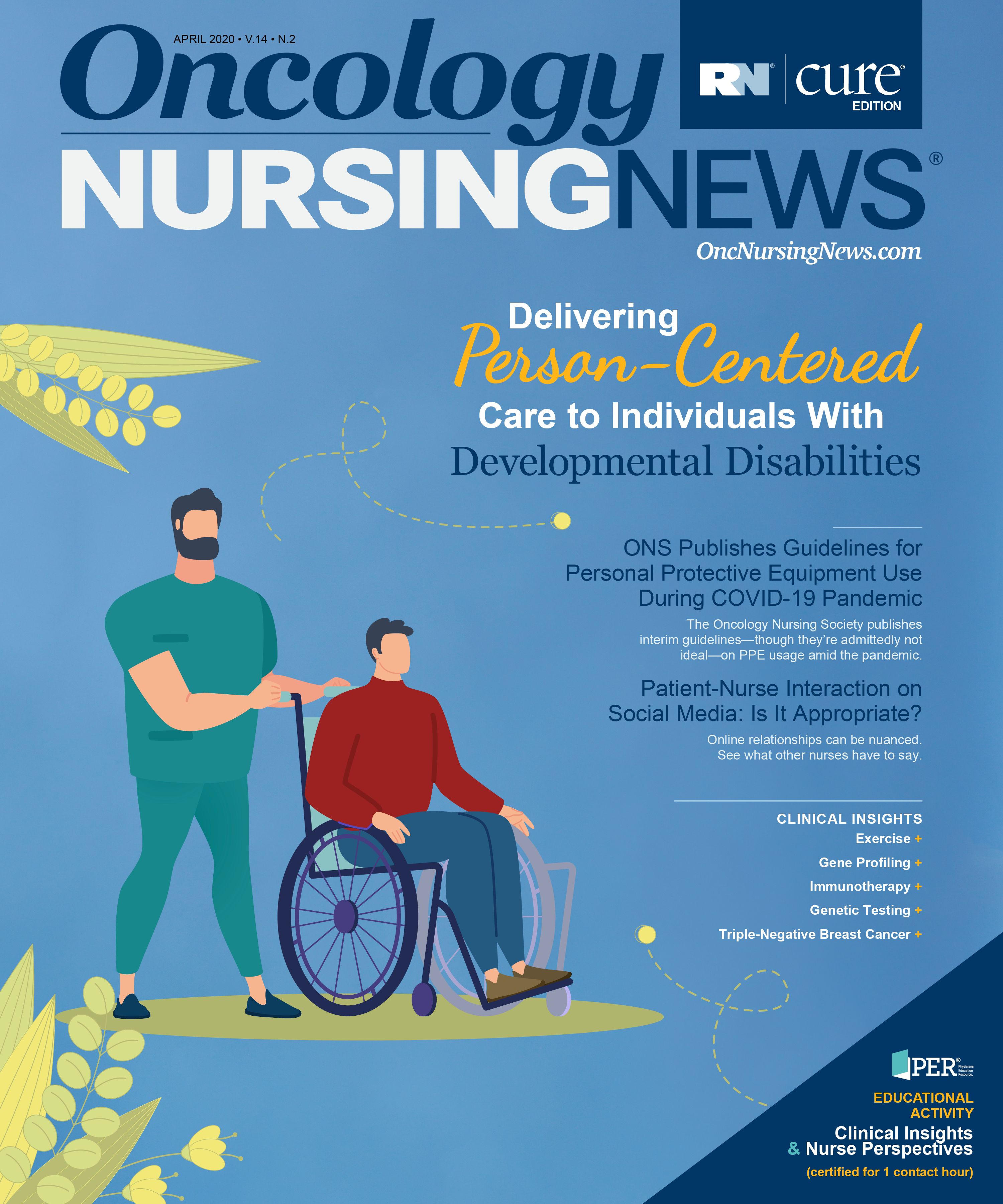Alternative Recruitment Models for Oncology Nurses: An Outpatient RN Residency Program
Sadly, there is no magic fix for the problems in healthcare and nursing. To meet these different challenges, organizations must invest in programs that foster and mentor the next generation of nurses who are entering the profession.
Oncology nurse recruitment and retention are becoming increasingly more difficult year after year. The nursing profession, in general, finds itself in potentially dire shortages with the latest numbers from the US Bureau of Labor Statistics estimating that almost 11 million additional nurses are needed to avoid a further shortage.1 Nursing shortages have been linked to increased burnout, job dissatisfaction, higher turnover rates, and nurses leaving the profession altogether. Additionally, nursing shortages lead to errors and increased risk for poor patient outcomes, including higher mortality rates.2
Nursing leaders are now tasked with what seems like the impossible: attract new talent, keep your current staff happy and engaged, onboard your new staff well, be compliant and knowledgeable with any hospital/clinic/payer/government initiatives, hold regular staff meetings, hold regular 1-on-1s, educate and validate your staff’s clinical knowledge, and most importantly, run a safe clinic, floor, or hospital to ensure excellent patient care and outcomes. Most nurse leaders know that these priorities become a figurative Mt Everest, with many victims left along the trail in the pursuit of reaching the summit.
Sadly, there is no magic fix for the problems in healthcare and nursing. To meet these different challenges, organizations must invest in programs that foster and mentor the next generation of nurses who are entering the profession. This concept is in no way new, but a cursory glance at the current job market from the perspective of a new nurse shows that these types of programs are becoming a rare commodity.
THE CHALLENGES OF COMMUNITYBASED ONCOLOGY PRACTICES
In the community-based oncology setting, these programs were nonexistent for new nurses. Moreover, community-based practices have historically required nurses to have oncology experience before even considering them as candidates to work in the outpatient setting.
This practice narrows—if not eliminates—an already barren candidate pool. In my organization, we are feeling the effects of the shortage, seeing fewer candidates apply for our positions, and identifying even fewer experienced or qualified oncology nurses to fill the open positions.3
A lack of an experienced oncology candidate pool makes filling critical nursing roles extremely difficult for hiring managers.
Likewise, the onboarding process for many of these inexperienced individuals was disjointed, rushed, and lacked mentors willing to foster the professional development of these new oncology professionals. This situation led to suboptimal onboarded nurses having higher job dissatisfaction and a genuine fear that they were going to make an error due to their lack of knowledge. The inevitable result was that roughly two-thirds of the overall turnover is experienced within the first 2 years of these new oncology nurses being hired.
ONCOLOGY RN RESIDENCY FOR NEW NURSES
There is no 1 solution to fix these issues. However, to invest in the future of our organization and the oncology nursing field, the first outpatient oncology nurse residency was created within our practice and the US Oncology Network. The premise is to recruit and hire new nurses freshly out of school. The training and onboarding are performed thoroughly and methodically to ensure these nurses are set up for success, while also maintaining the expectation that these individuals will always deliver safe patient care. A 2-week classroom portion is completed in a setting removed from direct patient care before the residents are then paired with a dedicated preceptor for 6 to 8 weeks to complete competency and skills validation.4
Additionally, the preceptors must be nominated, interviewed, chosen to participate in the RN residency, and must sign a contract affirming their commitment to onboarding these new nurses as dictated by the program guidelines. The preceptors are given a competitive pay differential during this onboarding period, as well. Once the RN residency cohort is complete, permanent positions are secured for these individuals within the practice.
Three cohorts of the RN residency have been completed since the beginning of 2019. Fifteen residents have been placed into permanent positions around the Dallas-Fort Worth area. Another cohort is already slated for the summer of 2020, and the goal is to expand this program to offer residency cohorts at our locations throughout the state of Texas. Something to note, more than 250 applications have been received to date for the RN residency program.
The demand is clear, and programs such as this are very alluring to new graduates. Training a new nurse is challenging and scary, but the alternative is quickly becoming not having any candidates at all to fill desperately needed positions.
References
- Haddad LM, Toney-Butler TJ. Nursing shortage. Updated November 12, 2019. NCBI website. https://www.ncbi.nlm.nih.gov/books/NBK493175/. Accessed March 2020.
- Carayon P, Gurses AP. Nursing workload and patient safety—a human factors engineering perspective. In: Hughes RG, ed. Patient Safety and Quality: An Evidence-Based Handbook for Nurses. Rockville, MD: Agency for Healthcare Research and Quality; 2008:chap 30. https://www.ncbi.nlm.nih.gov/books/NBK2657/. Accessed March 2020.
- Hussein R, Everett B, Ramjan LM, et al. New graduate nurses’ experiences in a clinical specialty: a follow up study of newcomer perceptions of transitional support. BMC Nurs. 2017;16:42. https://doi.org/10.1186/s12912-017-0236-0. Accessed March 2020
- Institute of Medicine. National Cancer Policy Forum. Ensuring Quality Cancer Care Through the Oncology Workforce: Sustaining Care in the 21st Century: Workshop Summary. Washington, DC: National Academies Press; 2009. https://doi.org/10.17226/12613. Accessed March 2020.

Innovative Program Reduces Nurse Turnover and Fosters Development
Published: September 12th 2024 | Updated: September 12th 2024The US Oncology Network (The Network) has developed one of the most comprehensive programs in the nation to support the professional development and retention of new oncology nurses.


